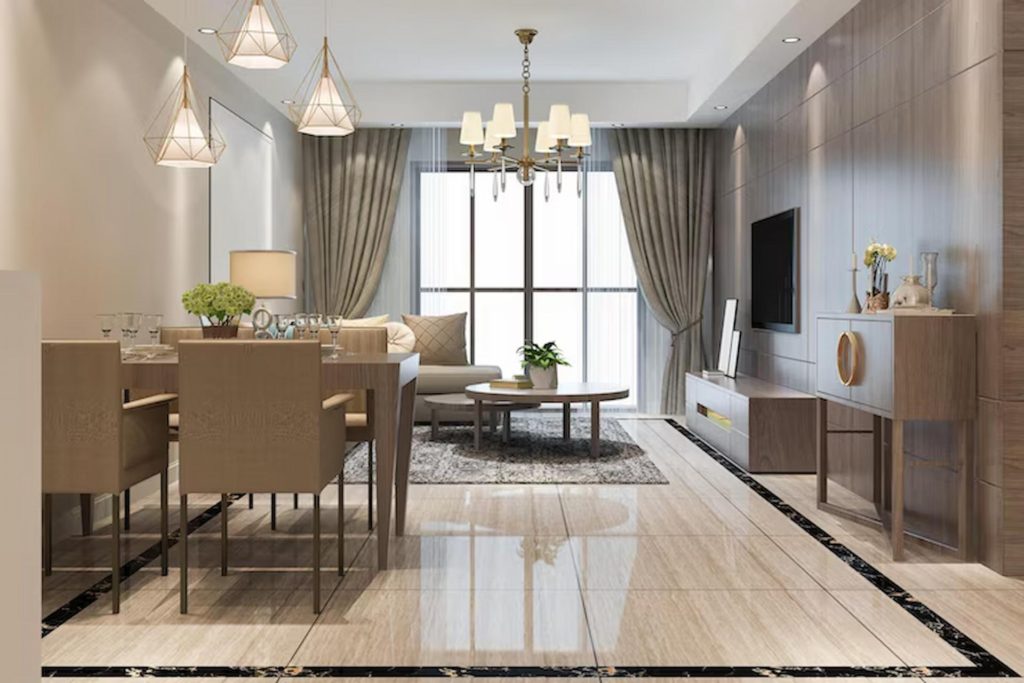In today’s rapidly evolving business landscape, the effective integration of cutting-edge technology into workplace design is crucial for fostering connectivity and boosting productivity. This Policy Bridge aims to provide policymakers with insights and recommendations for promoting the adoption of innovative technologies in commercial interior design agency to create more dynamic and efficient work environments.
Current Landscape
The current workplace environment is characterized by increasing reliance on digital tools and virtual collaboration platforms, driven by trends such as remote work and flexible schedules. However, many traditional office spaces are not equipped to fully support these modern work practices, leading to inefficiencies and disconnection among employees. Recognizing this gap, commercial interior design firms are exploring innovative solutions to enhance workplace connectivity and productivity through the integration of cutting-edge technology.
Policy Recommendations
- Incentivize Adoption of Smart Building Systems
Policymakers can incentivize businesses to invest in smart building systems by offering tax incentives, grants, or rebates for implementing energy-efficient technologies. Additionally, policymakers can collaborate with industry stakeholders to develop building codes and standards that prioritize sustainability and encourage the integration of smart building systems into new construction and renovation projects.
- Support Research and Development
Policymakers can allocate funding for research and development initiatives focused on advancing technologies for workplace connectivity and productivity. By supporting innovation in areas such as collaborative technologies, flexible workspace design, and biometric access control systems, policymakers can drive the development of cutting-edge solutions that meet the evolving needs of modern businesses.
- Promote Public-Private Partnerships
Policymakers can foster collaboration between government agencies, commercial interior design firms, technology providers, and business organizations through public-private partnerships. By facilitating knowledge sharing, resource pooling, and joint initiatives, policymakers can accelerate the adoption of innovative technologies in workplace design and create a supportive ecosystem for innovation and growth.
- Provide Training and Education
Policymakers can support workforce development initiatives that provide training and education on the use of cutting-edge technologies in the workplace. This can include funding for workshops, seminars, and certification programs that equip employees with the skills and knowledge needed to effectively leverage technology for enhanced productivity and connectivity.
- Technology Adoption
Offer financial incentives, tax credits, or grants to businesses that invest in the integration of cutting-edge technology in their office interiors, particularly technologies that improve energy efficiency, enhance connectivity, and support flexible work arrangements. Establish partnerships with technology providers to offer discounted rates or special incentives for businesses that implement innovative solutions in their workplace environments.
Conclusion
By implementing these policy recommendations, policymakers can play a pivotal role in driving the adoption of cutting-edge technology in commercial interior design agency to create more dynamic, efficient, and connected work environments. By incentivizing investment in smart building systems, supporting research and development, promoting public-private partnerships, and providing training and education opportunities, policymakers can empower businesses to embrace innovation and thrive in the digital age. Ultimately, this will lead to more resilient, competitive, and productive workplaces that benefit businesses, employees, and society as a whole.
